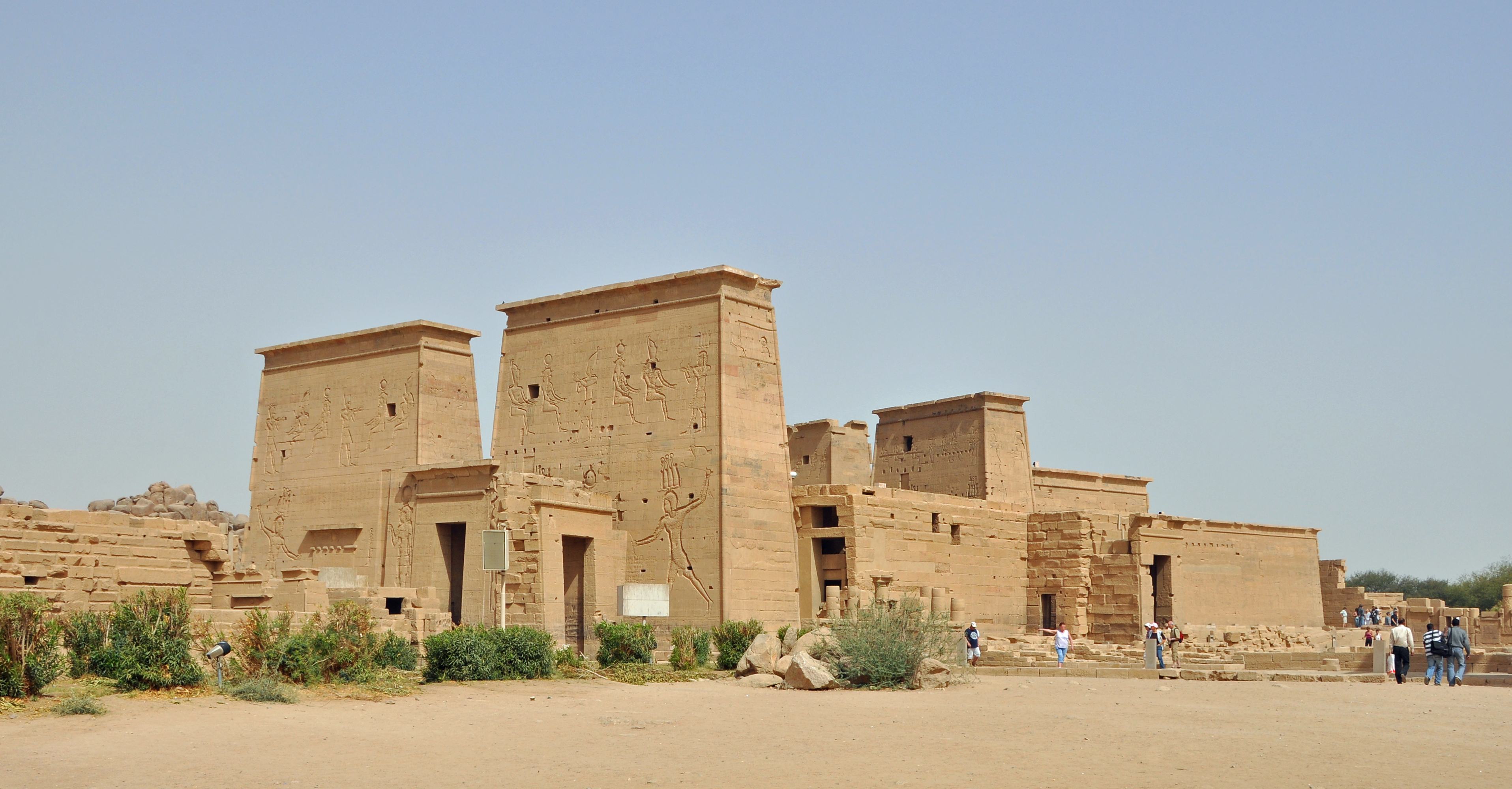
Possibly an open-air temple, or a step pyramid.Ī trapezoidal platform on an artificial mound, reached by a sloped causeway. Under the northwest edge of the ziggurat a Stone Temple has been discovered. Ī massive White Temple was built atop of the ziggurat.

Ī complex of tombs with varying dates near Poitiers, the oldest being F0. According to André Malraux it would have been better named 'The Prehistoric Parthenon'. Located in northern Finistère and partially restored. The settlement mound has seven stratigraphic horizons.īelieved to be the oldest town in Europe, Solnitsata was the site of a prehistoric fortified ( walled) stone settlement (prehistoric city) and salt production facility approximately from the 6th – 5th millennium BC it flourished ca 4700–4200 BC. The total thickness of the cultural strata is 3.20 - 3.50 m. On the Tell Golemija ostrov there are settlements from the Early Chalcolithic - Hamandjia III-IV culture, the Late Chalcolithic - Varna culture, ritual pits and sacrificial pylons from the Proto-Bronze and Bronze Ages - Chernavoda I and III cultures, fortified Late Bronze Age settlement - Koslogeni culture (Sabatinovka-Noua-Coslogeni "cultural complex"), ancient buildings with a cave temple of the goddess Cybele and an early medieval proto-Bulgarian settlement with several rotundas, which existed from the 9th to the beginning of the 11th century AD. The Durankulak Archaeological Complex unites three sites: Tell Golemija ostrov (the Big Island), the necropolis and the fields. The structure is 300 m in diameter and 15 m high. The tell includes two phases of use, believed to be of a social or ritual nature by site discoverer and excavator Klaus Schmidt, dating back to the 10th–8th millennium BC. The list also contains many large buildings from the Egyptian Age of the Pyramids. There are numerous extant structures that survive in the Orkney islands of Scotland, some of the best known of which are part of the Heart of Neolithic Orkney World Heritage Site. Many of the buildings within the list contain primarily bricks, but most importantly maintain their walls and roof. Occupation sites with older human made structures such as those in Göbekli Tepe do exist, but the structures are monuments and do not meet the definition of building (which can be seen above). The following are amongst the oldest buildings in the world that have maintained the requirements to be such. 4 By function, structure and building material.standing stone rings, such as Stonehenge, also do not count because they are not enclosed and do not have roofs.ĭates for many of the oldest structures have been arrived at by radiocarbon dating and should be considered approximate.cairns, which are simply large piles of loose stones (as opposed to chambered cairns).Neolithic dolmens are extremely numerous, with over 1,000 reported from Mecklenburg-Vorpommern in Germany alone. In many instances, that covering has weathered away, leaving only the stone "skeleton" of the burial mound intact. Dolmens were typically covered with earth or smaller stones to form a tumulus (which are included in the list). dolmens, a type of single-chamber megalithic tomb, usually consisting of three or more upright stones supporting a large flat horizontal capstone.


This deliberately excludes ruins of limited height and statues.

A building is defined as any human-made structure used or interface for supporting or sheltering any use or continuous occupancy. This article lists the oldest known surviving free-standing buildings constructed in the world, including on each of the continents and within each country.


 0 kommentar(er)
0 kommentar(er)
